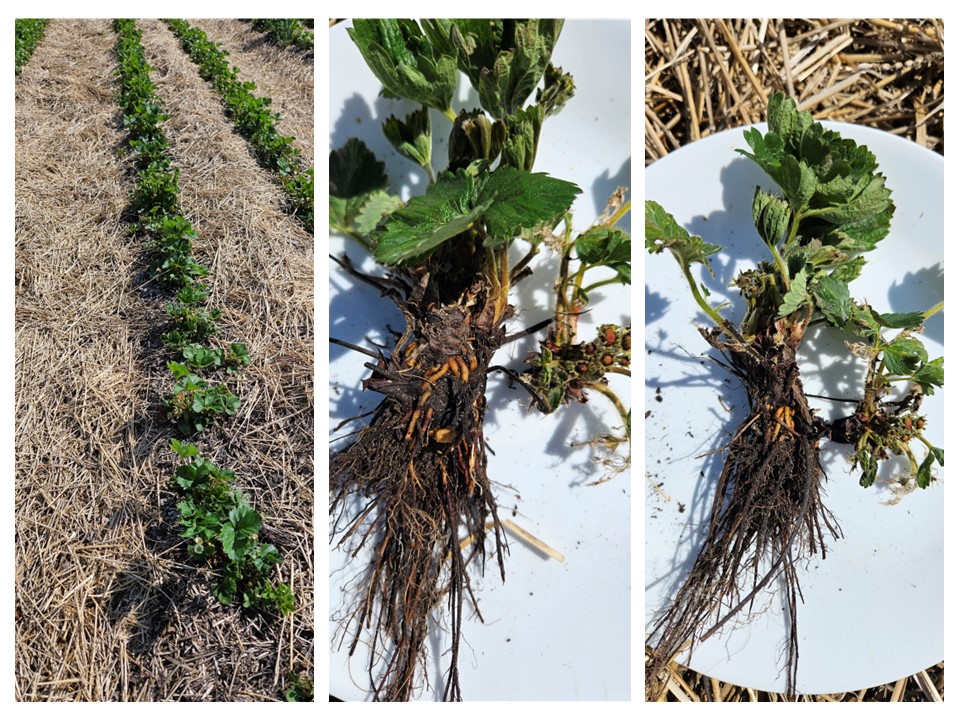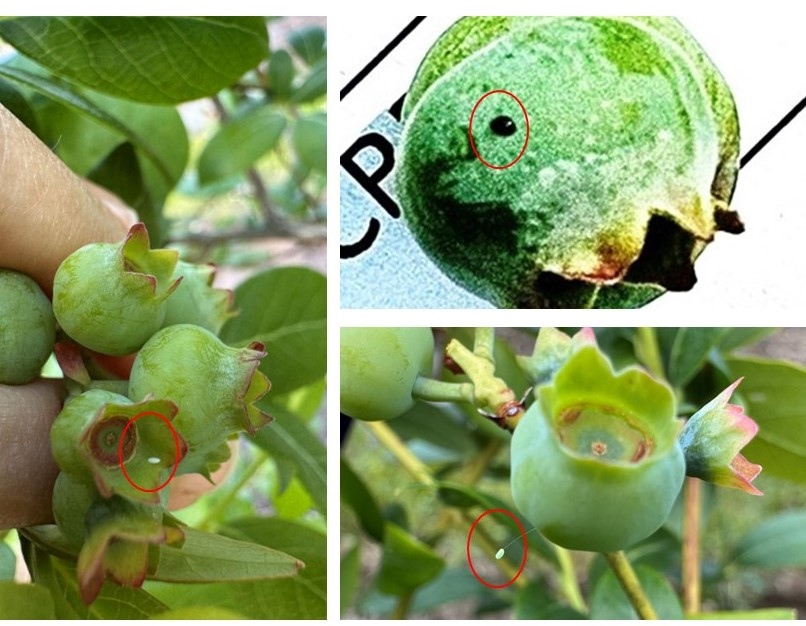West central Michigan small fruit update – June 17, 2025
Small fruit crops in west central Michigan continue developing under variable weather conditions. Summer strawberries are harvested.

Small fruit crops in west central Michigan continue developing under variable weather conditions. Early in the season, the region experienced hot spring days followed by sudden drops in nighttime temperatures, leading to sporadic spring frost damage in blueberries and other fruit crops. Over the past seven days, average daytime highs reached 80 degrees Fahrenheit, with nighttime lows averaging 58 F. However, some days saw maximum temperatures climb into the mid-80s, especially around Grand Junction, Michigan.
Rainfall has been inconsistent. Areas such as Grand Junction received nearly an inch of rain in a single day, while other parts of west central Michigan received less than 1 inch for the entire week. In general, there has not been any substantial rain in the area with a small rain accumulation of less than 1 inch. These hot and dry conditions contributed to early outbreaks of flower thrips in blueberries and strawberries.
Strawberries
In west central Michigan, June-bearing strawberry harvest is in full swing. Fruit is of great flavor and with only occasional pest problems. At the beginning of the season, some fields showed signs of damage caused by a combination of Cyclamen mites and thrips (Figure 1). While some growers applied insecticides, in several cases the applications were either too late or the products used were not effective.
In addition, black root rot continues to affect some fields (Figure 2). For these sites, Michigan State University Extension recommends maintaining a strict monitoring program and applying the appropriate fungicides or soil treatments as needed.

Blueberries
Earlier in the season, flower thrips infestations were widespread in blueberry fields. Most growers successfully controlled the outbreak with timely insecticide applications. However, some fields experienced inadequate control due to late applications or ineffective products. For example, Intrepid is not effective against thrips, and growers relying on it did not achieve control. In contrast, Assail provided good thrips control and helped prevent early infestations of cherry fruitworm and cranberry fruitworm due to its activity against both pests.
Fruitworm activity has been unusually variable this season, likely due to climatic fluctuations. In west central Michigan around Belding, cherry fruitworm is the dominant species detected in pheromone traps. In southwest Michigan around Grand Junction, cranberry fruitworm is more common. In Belding and Grand Junction, cherry fruitworm eggs and larvae are present in green fruit. However, no cranberry fruitworm eggs or larvae have been detected
One important observation about fruitworm control with biological agents is that plots treated with Trichogramma platneri, and Bt during the last two seasons are showing abundant presence of green and brown Chrysopa and fruitworm egg parasitism by Trichogramma wasps (Figure 3).

This work is supported by the Crop Protection and Pest Management Program [grant no 2024-70006-43569] from the USDA National Institute of Food and Agriculture. Any opinions, findings, conclusions, or recommendations expressed in this publication are those of the author(s) and do not necessarily reflect the view of the U.S. Department of Agriculture.



 Print
Print Email
Email
